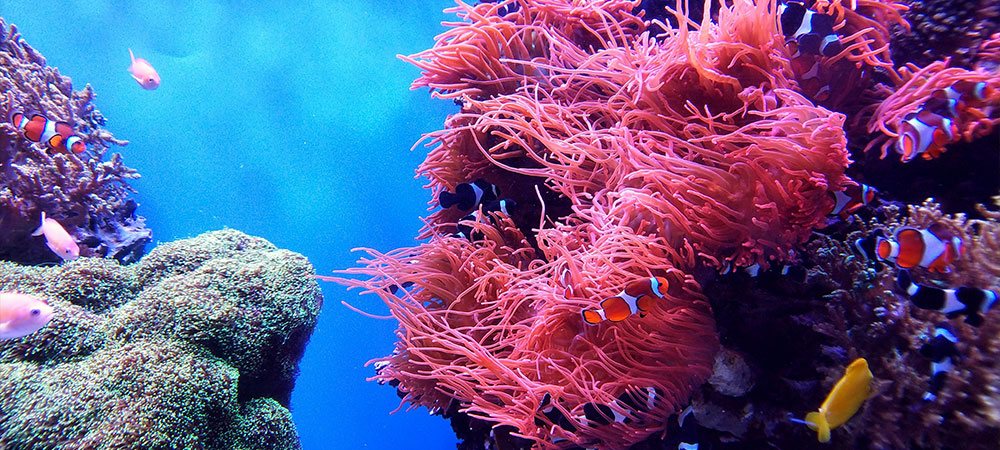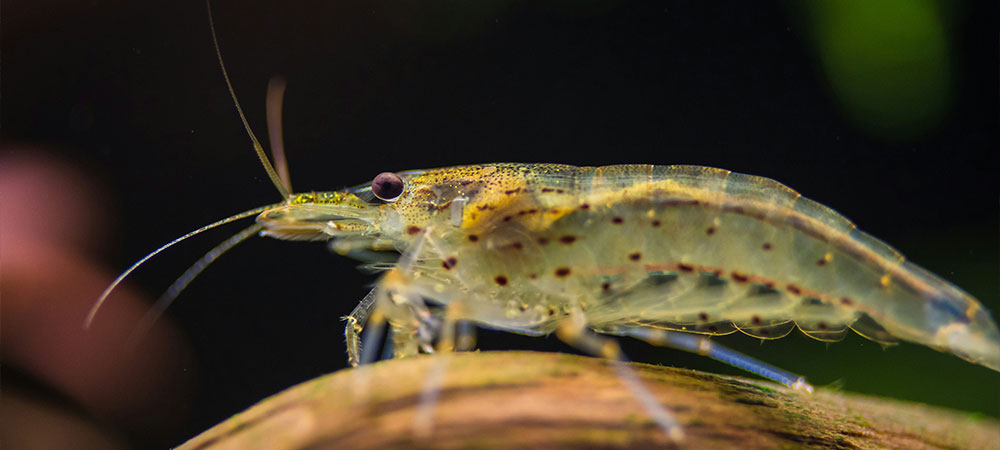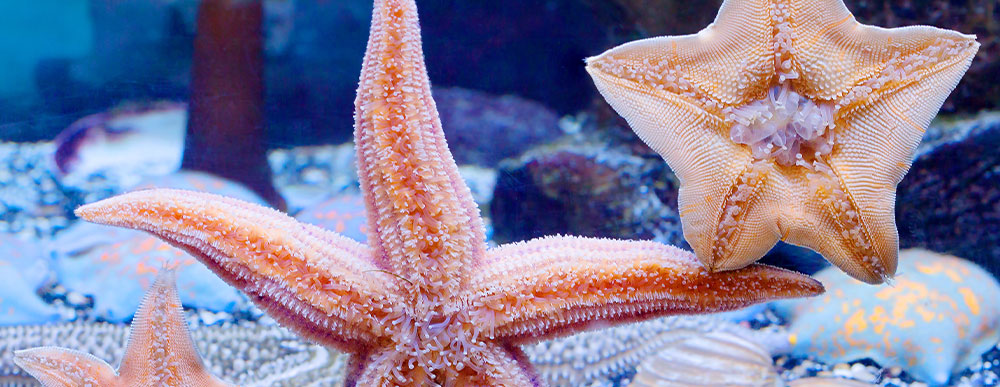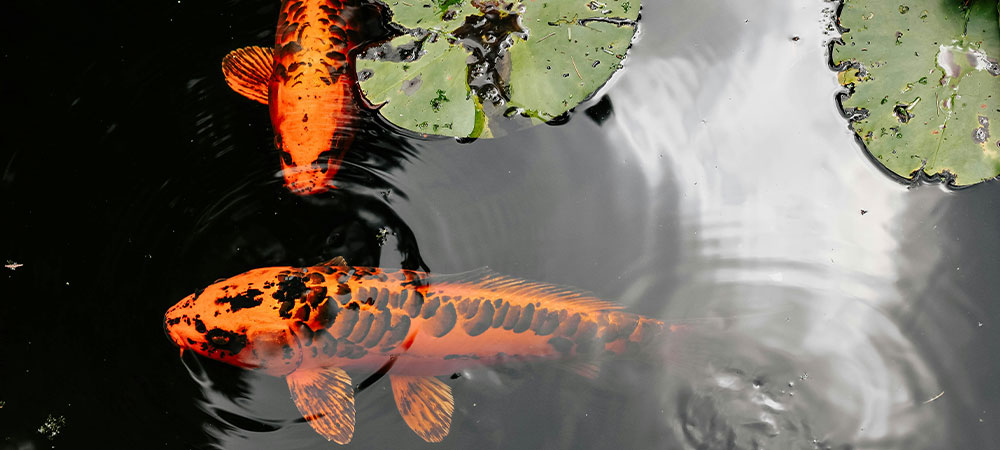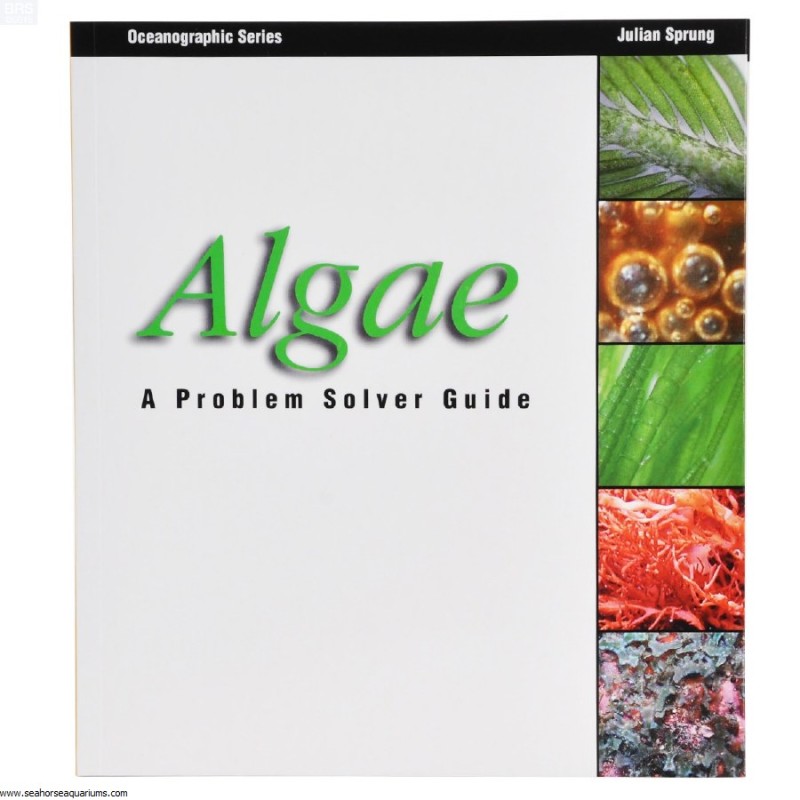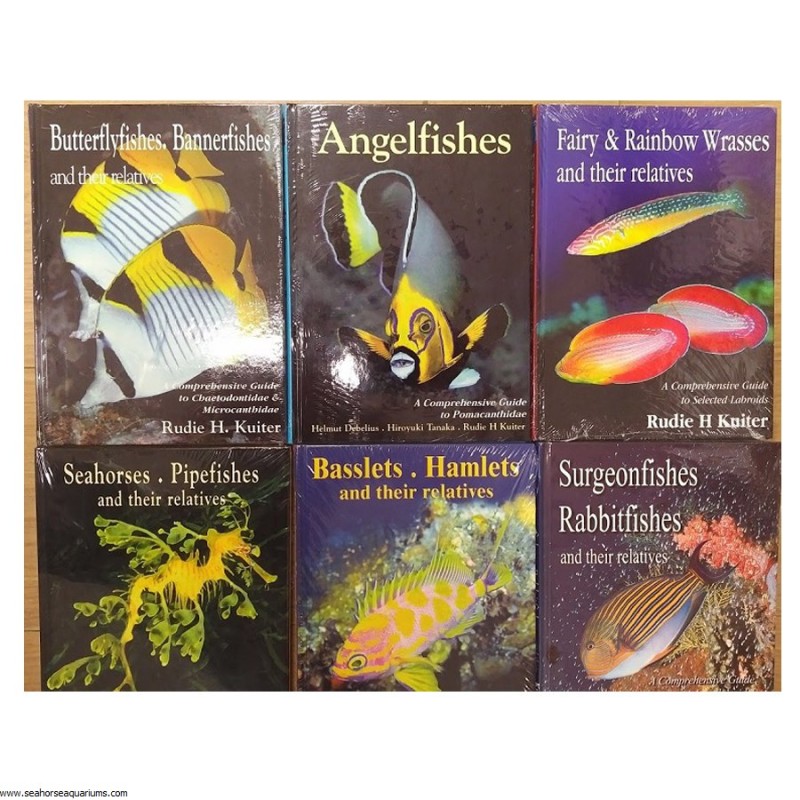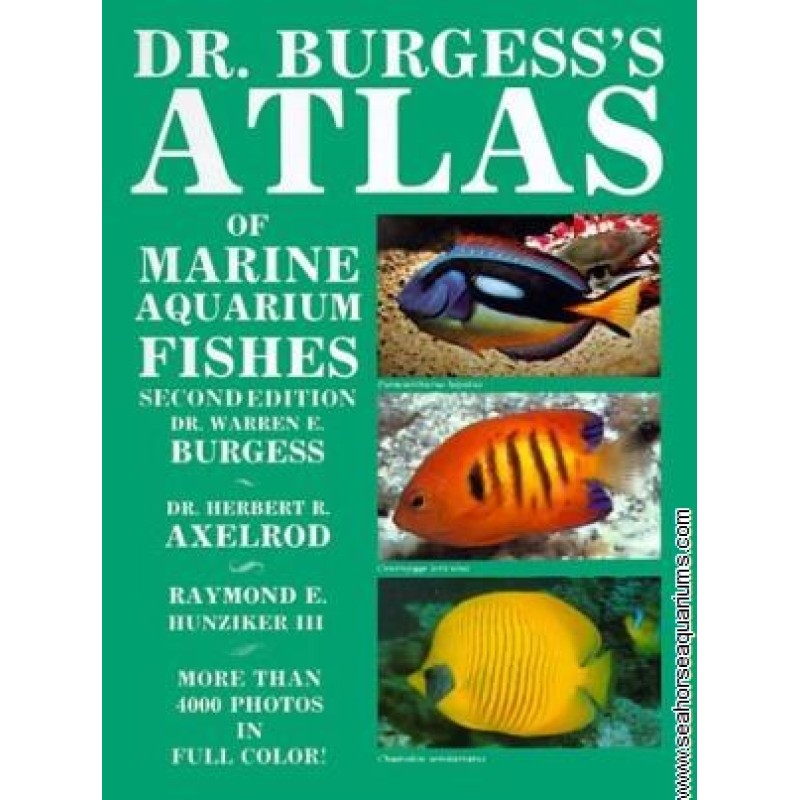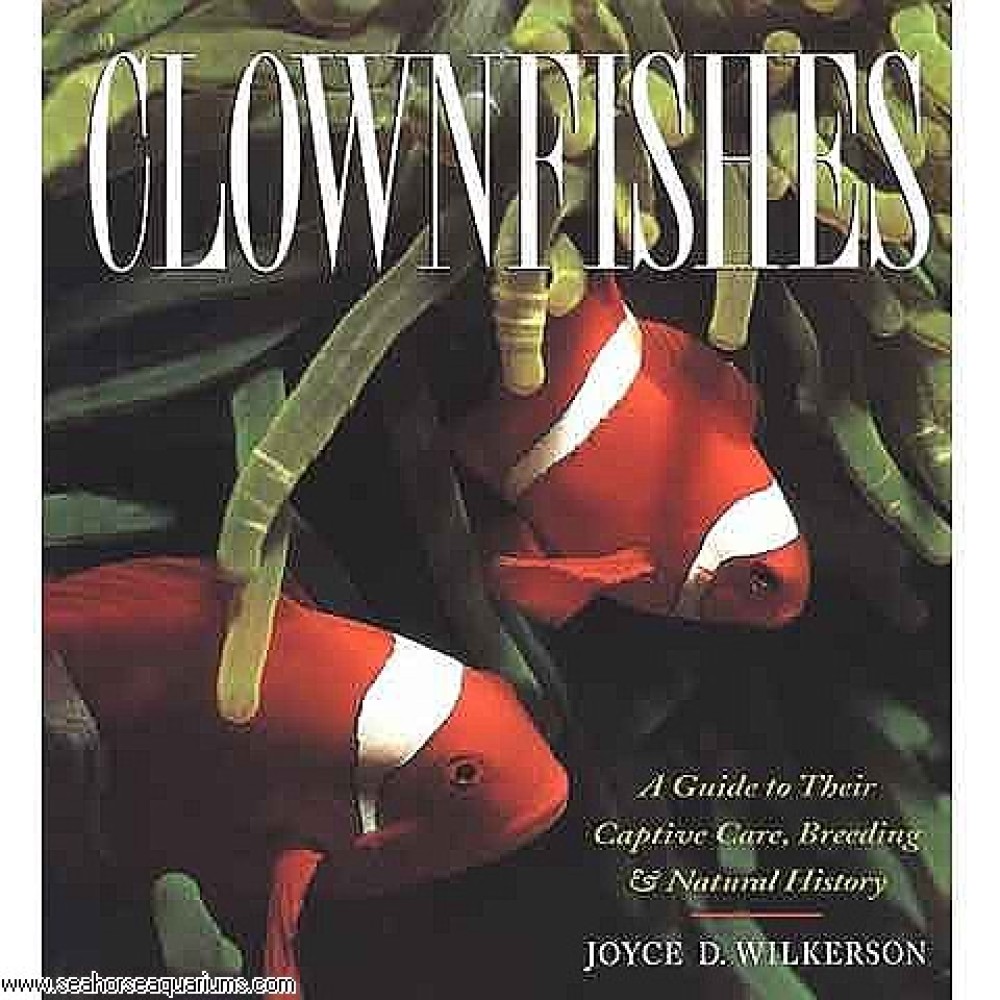
Clownfishes
€44.99
Ex Tax: €44.99
- Stock: Ships In 3-5 Days
- Model: -
- EAN: 9781890087043
If you're the least bit interested in breeding any of the available clownfishes, then this book, "Clown Fishes - Captive Care, Breeding, History" is a must have. The author, Joyce Wilkerson, discusses every thing you could ever want to know about breeding clownfish in the home aquarium. However, this book is not just a breeding book. It also gives detailed profiles/explanations on the different clownfish species and detailed information on their host sea anemones. Clown Fishes is broken up into 3 parts.
Part 1: The Clownfishes and Their Anemones
A Natural History - All about clownfish habitats and the essential symbiotic relationships with anemones in the wild. There are nine different anemones profiled with very nice photos for help in identification. The author reiterates the warning about anemones being difficult to keep and explains why. This is great information for anyone interested in keeping these anemones.
Species Selection - Provides great tips on selecting clowns, the benefits of tank raised clowns, acceptable clownfish tank mates and interspecies compatibility. There are 28 clownfish species profiled in this chapter with excellent photos. The profiles are grouped into the particular clownfish complex they belong to:
The Percula Complex - Ocellaris or False Percula and Percula
The Tomato Complex - Red and Black (Cinnamon), Tomato Clownfish, Australian, Red Saddleback and McCulloch's Clownfish
The Skunk Complex - Skunk Clownfish, Orange, Pink, Maldives, White-bonnet and Thielle's Clownfish
The Clarkii Complex - Clark's, Barrier Reef, Allard's, Two-band, Chagos, Orange-fin, Madagascar, Mauritian, Seychelles and the Three-band Clownfish
The Saddleback Complex - Saddleback, Wide-band (Lord Howe) and the Sebae Clownfish
The Maroon Complex - Maroon Clownfish (white stripe and gold stripe varieties)
Part 2: The Clownfish Aquarium
The Broodstock Aquarium - The author explains how you don't have to go all out when setting up an aquarium for breeding these fish. She covers the available filtration options and gives the pros and cons of each type. Basically, everything you need to know is covered in this chapter, including info on the biological cycle.
Anatomy, Physiology and Disease - This is a very detailed chapter on clownfish anatomy, physiology and disease. Fish Senses, Anatomy, Circulation, Respiration, Osmoregulation, Temperature Fluctuation, etc. are covered. The common clownfish diseases are discussed along with ways to treat and prevent them from showing up in the first place. Popeye, Saltwater Ich, Brooklynella, Amyloodinium, Hexamita, HLLE, VEN and a few others are presented.
Foods and Feeding - This chapter gives info on the nutritional requirements of clownfishes (proteins, carbs, lipids, vitamins, etc) and talks about the various food choices available and the benefits of each. A few recipes are given for those hobbyists that like to make their own fish foods.
Part 3: Breeding and Rearing
Clownfish Reproduction - Establishing Bonds, Creating Broodstock Pairs and Setting the Stage for Spawning. Here you'll learn about how the clownfish can change genders from male to female when the need arises and how the female rules to roost. The topic of Sexual Dimorphism is introduced along with ways to tell the different genders apart in the various clownfish species. The author gives tips on forming breeding pairs and how different methods may be needed for the different species.
Spawning - Prespawning requirements are presented such as water quality, light cycles, feeding cycles and foods necessary. In this chapter you'll also learn all about the actual act of spawning and egg development.
Live Food Cultures - This chapter could be a mini-book in itself. Those hobbyists that are interested in microalgal culturing, rotifer culturing and brine shrimp culturing will really enjoy this chapter. Detailed tank requirements and steps are given to show you exactly what you need to do to prepare the necessary foods for your larval clownfish. I can't recall seeing such detailed information on this subject, ever. Kudos to the author for adding this information.
Managing Eggs and Larvae - This chapter is basically a survival guide to get you through the many stages of clownfish larvae development. Tank setups, lighting requirements, how to transfer the larvae, hatching, it's all here. This is a very enlightening chapter because it shows you just how challenging this must have been for those clownfish breeding pioneers. Amazing stuff.
Metamorphosis and the Juvenile Period - Clownfish must go through a metamorphosis stage and you'll find out about it in this chapter. What to feed you juvenile clowns is given along with how often and what to do with all those juvenile fish. The book ends with ten tips for marketing and selling your clownfishes.
Tags:
Clownfishes
